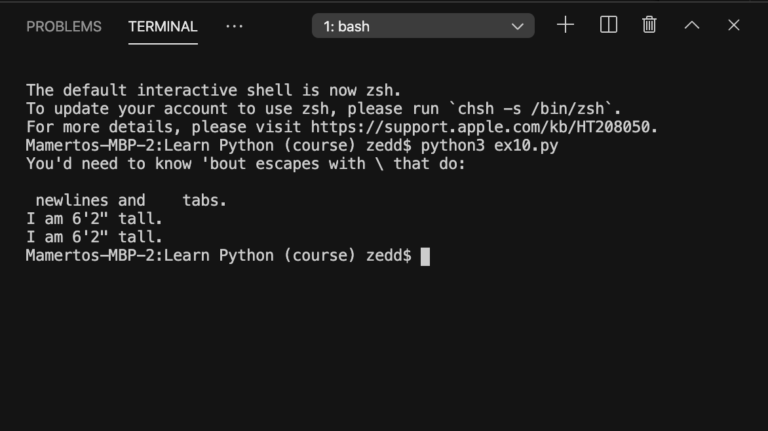

- #Batch ansi escape sequences windows 10 manual
- #Batch ansi escape sequences windows 10 full
- #Batch ansi escape sequences windows 10 code
Moves the cursor to the specified row and column. If you omit, DOS moves the cursor left one column. is a number from 1 through 79 that specifies how many columns the cursor is to be moved left. Moves the cursor left the specified number of columns without changing the row. If you omit, DOS moves the cursor right one column.

is a number from 1 through 79 that specifies how many columns that cursor is to be moved right. Moves the cursor right the specified number of columns without changing the row. If you omit, DOS moves the cursor down one row. is a number from 1 through 24 that specifies how many rows the cursor is to be moved down. Moves the cursor down the specified number of rows without changing the column. If you omit, DOS moves the cursor up one row. is a number from 1 through 24 that specifies how many rows the cursor is to be moved up. Moves the cursor up the specified number of rows without changing the column.
#Batch ansi escape sequences windows 10 code
This is especially useful for timed incremental rollout where new code is rolled out gradually.įor example, if you start rolling out new code and: When you do not want to run a job immediately, you can use the when:delayed keyword toĭelay a job’s execution for a certain period. The variable is overridden with the new value.Īny variables overridden by using this process are expanded If you add a variable that is already defined in the CI/CD settings or. The pipeline view, not the play ( ) button.ĭefine CI/CD variables here when you want to alter the execution of a job that uses
#Batch ansi escape sequences windows 10 manual
To access this page, select the name of the manual job in You can do this from the job page of the manual job you want to run withĪdditional variables. When running manual jobs you can supply additional job specific variables. In the example below, these three jobs are in a group named build ruby:

You can use these symbols interchangeably. A space, for example space-test 0 3, space-test 1 3, space-test 2 3.A colon ( :), for example, colon-test 1:3, colon-test 2:3, colon-test 3:3.A slash ( /), for example, slash-test 1/3, slash-test 2/3, slash-test 3/3.Separate each job name with a number and one of the following: To create a group of jobs, in the CI/CD pipeline configuration file, Hovering over them shows the number of grouped You can recognize when a pipeline has grouped jobs if you don’t see the retry orĬancel button inside them. They are collapsed into a single group in regular pipeline graphs (not the mini graphs). If the job names are formatted in a certain way, You can automatically group similar jobs together. If you have many similar jobs, your pipeline graph becomes long and hard If the same job name is used in one or more included files, Only one is added to the pipeline, and it’s difficult to predict which one is chosen. If multiple jobs have the same name in a file, Job names must be 255 characters or fewer. pages:deploy configured for a deploy stage.You can’t use these keywords as job names: Feature flag ci_validate_job_length removed. Enabled 255-character job length on in GitLab 14.5.For pipeline mini graphs, jobs are sorted by status, and then by name.

#Batch ansi escape sequences windows 10 full
For full pipeline graphs, jobs are sorted by name.The order of jobs in a pipeline depends on the type of pipeline graph. You can also see the reason it failed on the Job detail page. In each place, if you hover over the failed job you can see the reason it failed. In the job views, in the global and detailed views of a job.In the pipeline widgets, in the merge requests and commit pages.In the pipeline graph, on the pipeline detail view.When a pipeline fails or is allowed to fail, there are several places where you On the left sidebar, at the top, select Search GitLab ( ) to find your project.To view the full list of jobs that ran in a project: Selecting an individual job shows you its job log, and allows you to: When you access a pipeline, you can see the related jobs for that pipeline. What is important is that each job is run Jobs are picked up by runners and executed in theĮnvironment of the runner. Or run a script ( test.sh) in the repository. Of course a command can execute code directly (. Jobs, where each of the jobs executes a different command. The above example is the simplest possible CI/CD configuration with two separate Job1 : script : " execute-script-for-job1" job2 : script : " execute-script-for-job2"


 0 kommentar(er)
0 kommentar(er)
